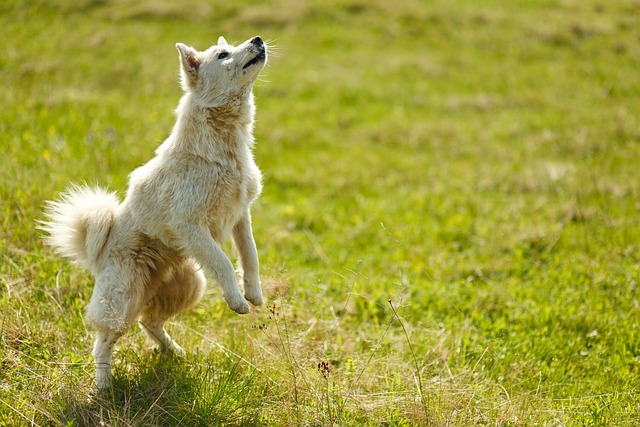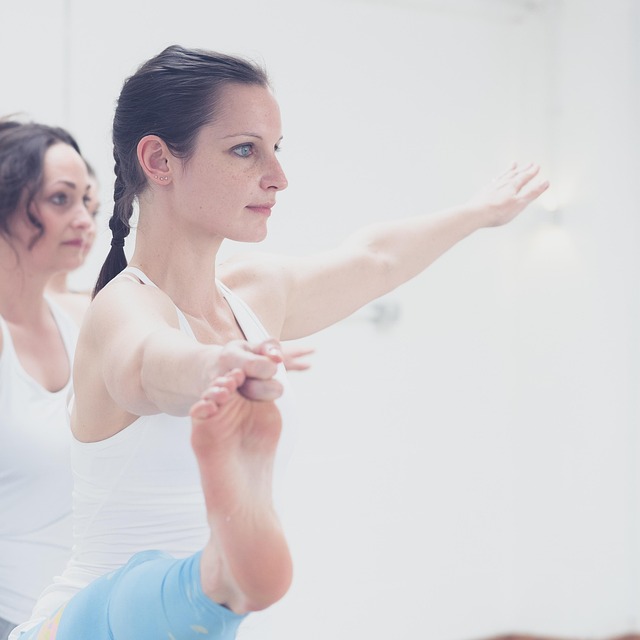Photography is more than just capturing a moment; it’s about telling a story through light and shadow. One of the most critical aspects of storytelling in photography is exposure. Mastering exposure is essential for achieving that perfect snapshot that resonates with viewers. Whether you’re an amateur or a seasoned photographer, employing certain tricks can significantly enhance your skills and elevate your work.
Understanding exposure starts with knowing your camera and its settings. Each camera has specific features and functions designed to manipulate light and shadow. Familiarizing yourself with your camera’s manual settings, like ISO, shutter speed, and aperture, is the first step in mastering exposure. These elements work together to ensure your photos are neither too dark nor overly bright. Manipulating these settings creates stunning imagery that captivates and engages your audience.
One effective trick for managing exposure is to use the histogram on your camera. The histogram provides a visual representation of the exposure levels in your image. By studying the histogram, you can adjust your settings to achieve a balanced exposure. A well-balanced histogram will show data distributed evenly from left to right, ensuring that details are present in both the highlights and shadows of your photograph.
Moreover, playing with aperture can offer creative tricks to enhance your photography. A wide aperture (low f-stop number) creates a shallow depth of field, isolating your subject from the background. This technique is particularly effective in portrait photography, where the subject commands attention. Conversely, a narrow aperture (high f-stop number) provides a greater depth of field, perfect for landscape photography where you want everything from the foreground to the horizon to be in sharp focus.
Another fascinating trick is to experiment with exposure bracketing. This technique involves taking multiple shots of the same scene at different exposure levels. Later, you can blend these images together in post-processing to create a well-exposed final photograph. This method is particularly useful in high-contrast conditions, such as sunsets or scenes with bright sunlight mixed with darker areas.
Don’t overlook the power of natural light in your photography. The golden hour, which occurs shortly after sunrise and before sunset, provides soft, diffused light that can enhance the overall quality of your images. Utilize this time to practice your tricks with exposure and capture amazing photos. Clouds and overcast days also present opportunities for great shots, as the clouds act like a softbox, diffusing harsh light and creating a more even exposure across your images.
Incorporating reflections can also provide creative tricks for mastering exposure. Bodies of water, glass surfaces, or any mirror-like elements can add depth and interest to your photographs. By carefully considering the angle and time of day, you can capture stunning reflections that enhance your composition and expose your subject in unique ways.
Lastly, don’t forget about the importance of patience and experimentation. Sometimes, the best photos come from taking your time to explore different angles and perspectives. Try various tricks, review your results, and don’t be afraid to make bold combinations of settings and techniques.



